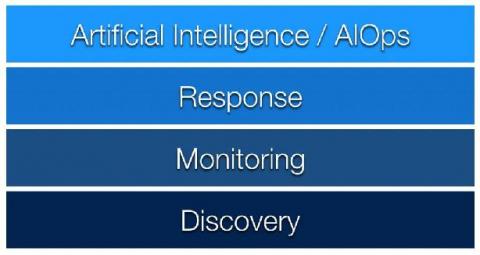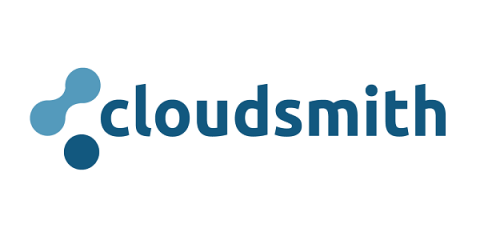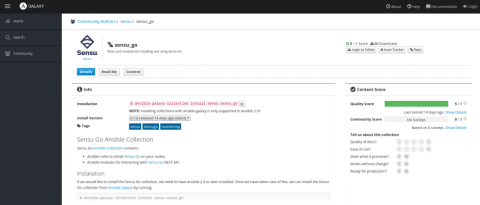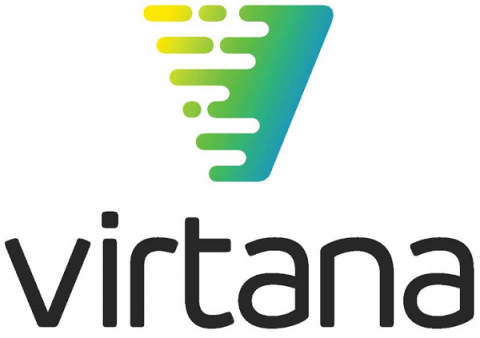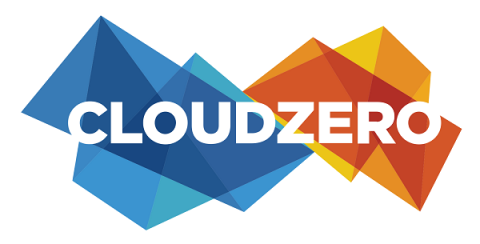k3s Use Cases - How k3s Can Save You Time and Resources
We have made much of why we went with Rancher’s k3s to underpin Civo’s managed Kubernetes service in posts such as Andy’s explanation of k8s vs k3s, but I wanted to take a bit of a deeper dive into k3s and why in particular it is a great technological choice for a service such as ours.



